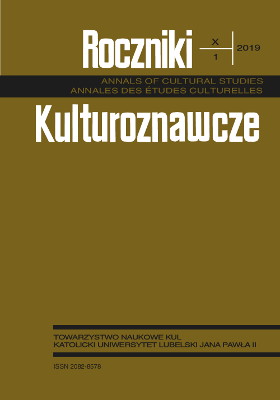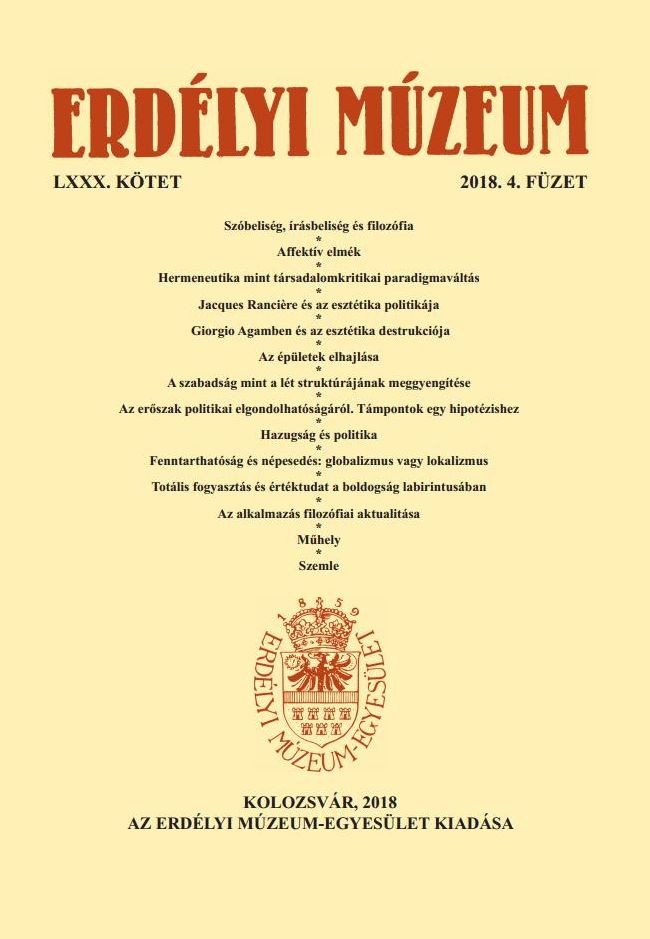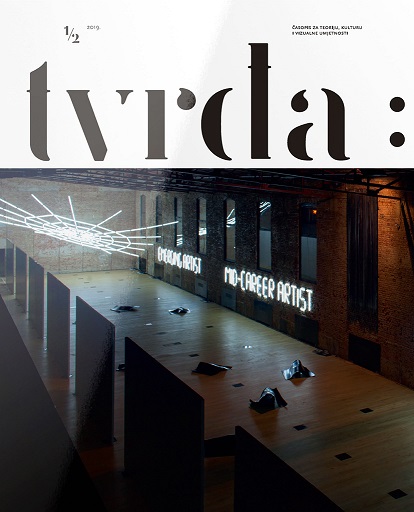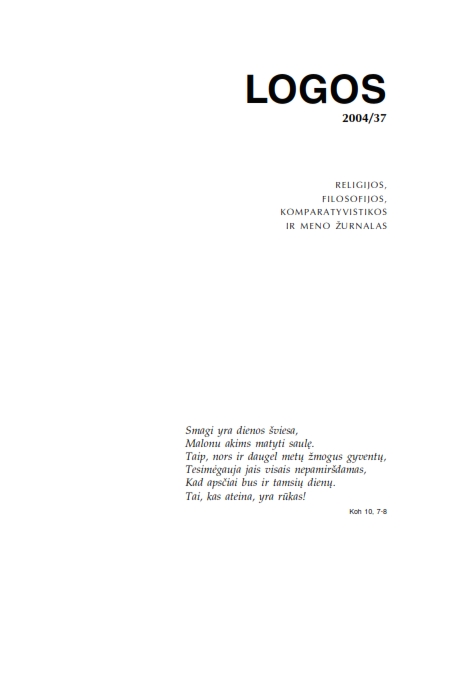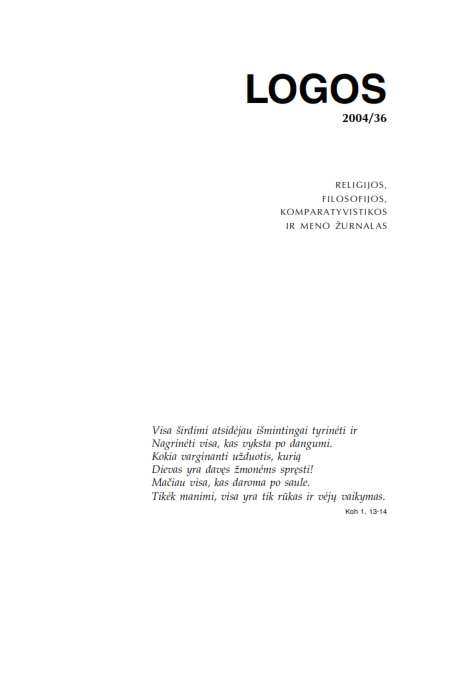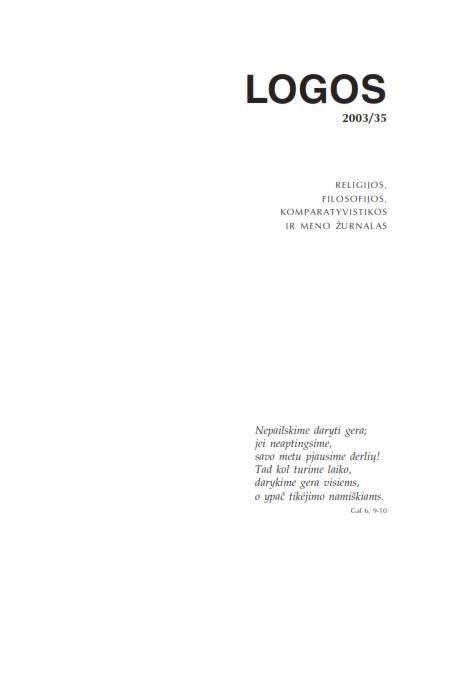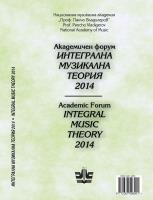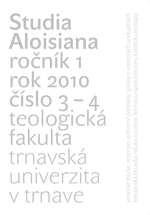
Gadamer o pravde v umení a estetickej skúsenosti
In regard to the truth-claim of art, Kant’s theory takes a strong stance. He declares outright that the aesthetic judgment is not cognitive and that, there- fore, matters of art and matters of knowledge must not be confused. This is one of the legacies of Kant’s aesthetics that turned out to be one of the greatest Gadamer’s objects of contention in the tradition of philosophical thought on art from then on.
More...
